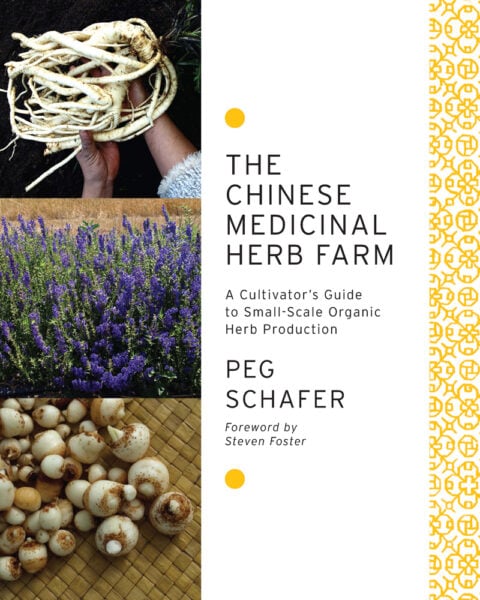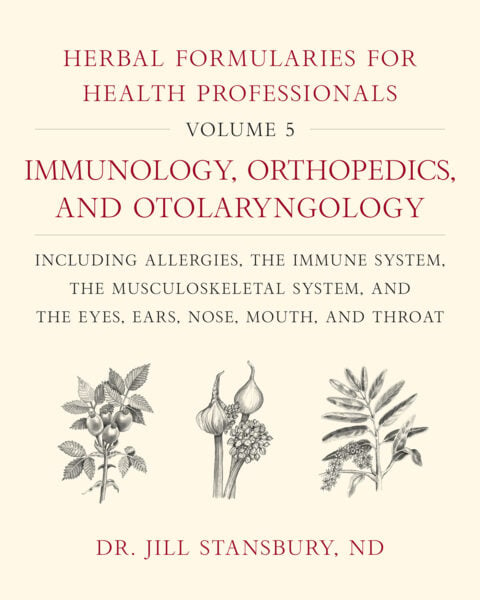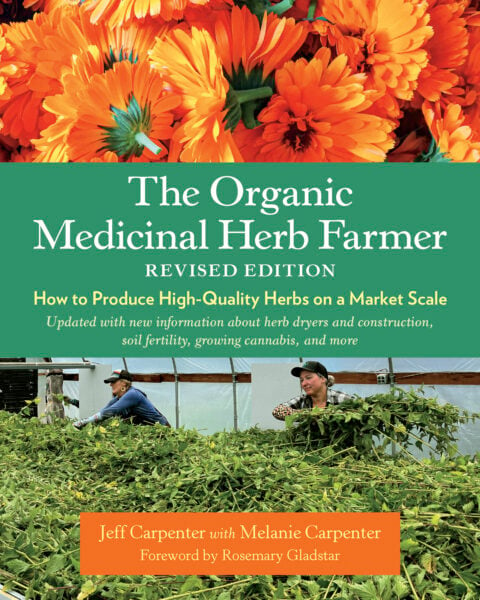Calming Herbal Nightcap Mocktail to Mix Before Bed
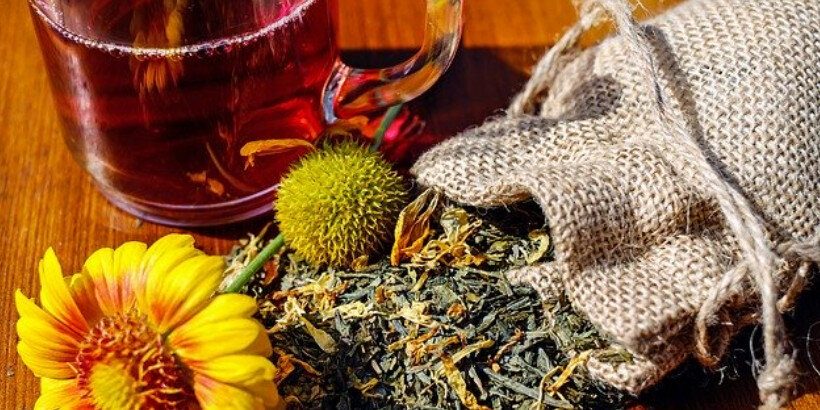
Whether you’re looking to replace your end-of-the-day cocktail, relax before bed, or want something new to add to your tea, this non-alcoholic mocktail syrup base will do the trick. Delicious and all-natural, take a sip of this nightcap mocktail and feel your troubles melt away.
The following is an excerpt from Herbal Formularies for Health Professionals, Volume 4 by Jill Stansbury. It has been adapted for the web.
RECIPE: Herbal Nightcap Mocktail
The combination of coriander, jujube dates, lavender, and lemon balm has a calming effect and can improve sleep.1
This recipe is aimed at producing a palatable syrup that can be the base of an alcohol-free drink or added to hot chamomile tea to be taken before bed.
For those who are in the habit of relying on after-work cocktails to blow off steam, prepare this drink as a “mocktail,” placing in a martini glass or wineglass and employing a fruit garnish if desired, to psychologically match the celebratory feel.
Nightcap Mocktail Syrup
Syrups rely on sugar to create a shelf-stable herbal product, as well as to thicken the liquid. Sugar is not ideal, so this recipe relies on the sweet qualities of the pectin-rich jubube dates and a bit of xylitol to reduce the sugar needed.
Because just a tablespoon or two of the syrup is used in each serving, the quantity of sucrose is minimal. Herb gardeners may want to prepare this syrup using fresh lemon balm and lavender in the summer to make good use of the bounty, and store to enjoy through the year, or to make as special gifts.
You don’t have to suffer from addictions or anxiety to enjoy this soothing beverage.
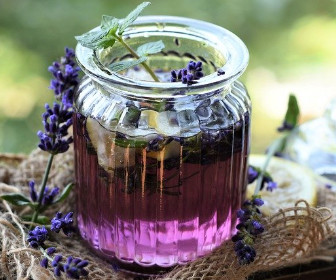 Ingredients
Ingredients
- 10 Coriandrum sativum whole pods, outer husk removed
- 20 Ziziphus jujuba whole dates, pitted
- 2 tablespoons Lavandula angustifolia flowers
- 2 tablespoons Melissa officinalis leaves
- 1⁄2 cup (120 ml) xylitol
- 1⁄4 teaspoon xanthan gum
Procedure
- Place the Coriandrum pods, pitted jubube dates, and dried or fresh Lavandula and Melissa in a blender.
- Cover with hot water and blend on high speed for several minutes.
- Let stand for an hour or more and then strain through a jelly bag, reserving the liquid.
- Place the xylitol, xanthan gum, and 1 cup of water in a small saucepan and dissolve over low heat. Add the strained liquid from the blended herbs and gently stir to combine.
- Remove from the heat.
- The xanthan gum will thicken the liquid as the mixture cools. Transfer to storage bottles.
When serving, use 1 to 2 tablespoons in the bottom of a teacup and top with chamomile tea as a nighttime beverage. Or prepare a mocktail using a wedge of lemon or lime squeezed into the glass, add a splash of grape or pomegranate juice, 1 to 2 –tablespoons of the calming syrup, and top with sparkling water.
Notes
- Valiollah Hajhashemi and Azadeh Safaei, “Hypnotic Effect of Coriandrum sativum, Ziziphus jujuba, Lavandula angustifolia and Melissa officinalis Extracts in Mice,” Research in Pharmaceutical Sciences 10, no. 6 (2015): 477–84, https://www.semanticscholar.org/paper /Hypnotic-effect-of-Coriandrum-sativum%2C-Ziziphus -and-Hajhashemi-Safaei/05a1faa213feda79b79f7849feed 6c254bc02a4e.
Recommended Reads
Recent Articles
Chances are, you’ve seen cattails growing on the edge of your local lake or stream at least once or twice. Instead of just passing these plants, try foraging for and cooking them to create delicious seasonal dishes! The following excerpt is from The New Wildcrafted Cuisine by Pascal Baudar. It has been adapted for the…
Read MoreGarlic mustard: while known as “invasive,” this plant can be consumed in its entirety and has great nutritional value. Plus, the garlic-flavor is a perfect addition to any recipe that calls for mustard! The following are excerpts from Beyond the War on Invasive Species by Tao Orion and The Wild Wisdom of Weeds by Katrina…
Read MoreOh, honeysuckle…how we love thee. If only there was a way to capture the sweet essence of this plant so we could enjoy it more than just in passing. Luckily, foraging and some preparation can help make that happen! Here’s a springtime recipe that tastes exactly like honeysuckle smells. The following excerpt is from Forage,…
Read MoreIntroducing…your new favorite brunch dish! This whole broccoli frittata is packed with fresh, wildcrafted flavors that are bound to help you start your day off on the right foot. The following is an excerpt from The Forager Chef’s Book of Flora by Alan Bergo. It has been adapted for the web. RECIPE: Whole Broccoli Frittata…
Read MoreMany know the effects of catnip on our feline friends, but few realize that catnip has medicinal effects for humans. From stomach aches to reducing fevers, catnip is a versatile herb with many benefits. The next time you grow this plant for your cat you may end up taking a few cuttings for yourself! The…
Read More


